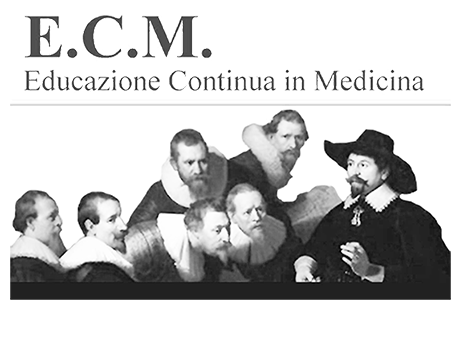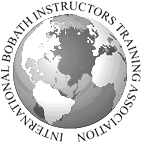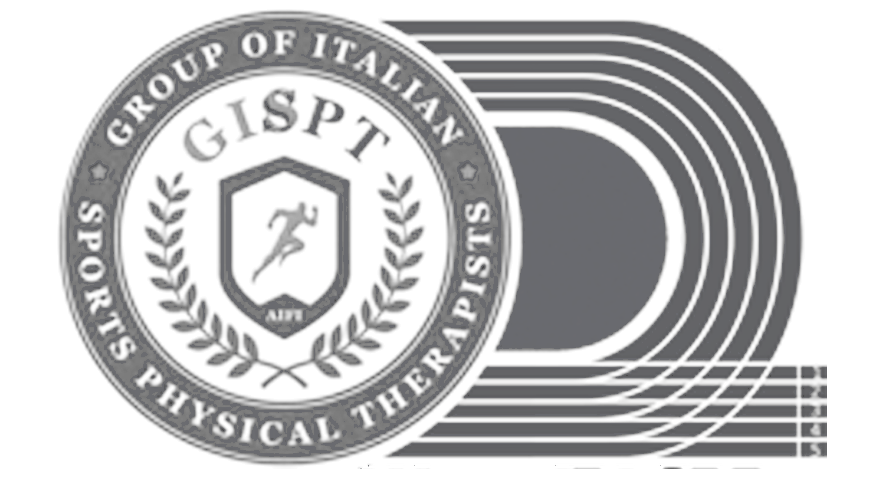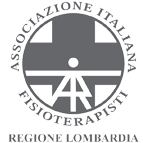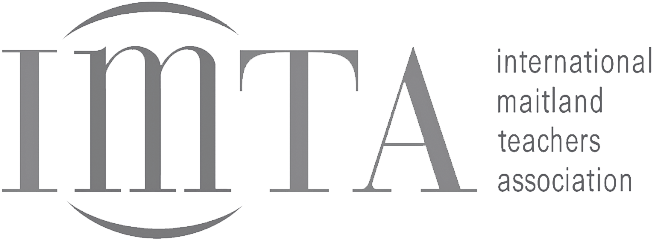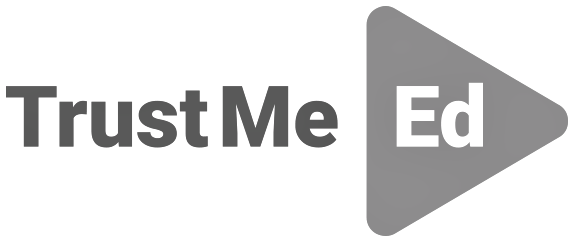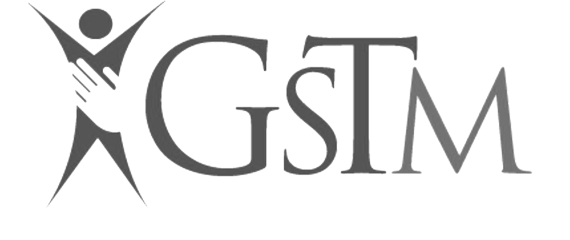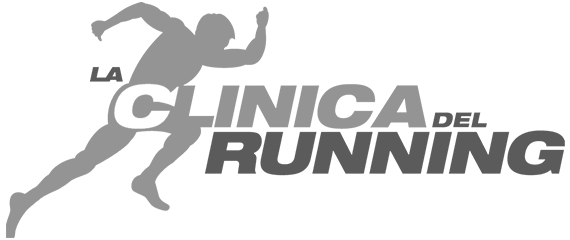September 16, 2022
EM228: Workshop - Coordination between the four limbs for functional walking - Bobath concept
-
Carlos Leite MartinsPt, IBITA Basic Course Instructor, PhD Cand.
The Bobath concept is a problem solving approach aimed at evaluating and treating people with movement, postural control and function disorders caused by an injury to the central nervous system. This approach to adult rehabilitation with acquired neurological damage originates from the work of Berta and Karel Bobath and has evolved over the past 60 years. The rationale for its application has its roots in current neuroscientific knowledge related to motor control, motor learning, neural and muscular plasticity and current biomechanical knowledge. The Bobath Concept is a manual approach and facilitation is the characterizing element that makes this treatment model unique by diversifying it from the remaining methods. It is based on the expert handling of the physiotherapist, but considers the therapeutic effects connected with the choice of the task and its characteristics, as well as the role of the environment. Facilitation must be tailor-made based on the patient's potential and in line with the principles that guide and support neural plasticity and motor learning.
The aim of the course is to develop clinical reasoning and comparison with teachers of great clinical experience to develop technical skills aimed at implementing the ability to maximize the effectiveness of the neurorehabilitation intervention in different clinical situations secondary to central injury.
Purpose of the course
Present the neuroscientific basis to understand the coordination between the limbs and their implication in the re-education of the patient with central damage, with particular reference to incomplete spinal injuries. Examples of treatments will be shown and discussed that include simultaneous or consecutive activation of the four limbs as an integration to facilitation techniques for the recovery of locomotion.
Course objectives
- Discuss the neurophysiological basis of neural coupling of the lower and upper limbs for locomotion and transfer this knowledge into clinical practice
-
Know the recent literature to understand the functioning of Central Pattern Generators and discuss how peripheral afference and descending control affect their activation.
-
Discuss the coordination between the limbs in locomotion from a biomechanical point of view
-
Explain recent evidence in terms of postural control and gait by emphasizing how motor control changes during complex locomotor tasks
-
Deepen the neural mechanisms of motor control of the lower and upper limbs in healthy subjects and recognize the pathological patterns after central injury
-
Support the comparison and discussion between participants and teachers and train clinical reasoning
In collaboration with:
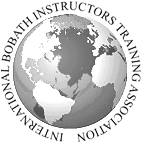
Intended for
Payments
- Deposit €305.00 within 7 days from the registration
- Balance €244.00 by date August 12, 2022
Calendar
language
SEDE DEL CORSO: BRESCIA @ Edumed . Formazione ECM
SCHEDULE
First day
8.30-9: 00 Registration of participants and presentation of the course objectives
9: 00-11.00 Lesson - Neurophysiological basis of the neural coupling of the limbs for locomotion
11.00-11.15 Coffee break
11.15-13.00 Laboratory 1 - Improving the stability of the upper trunk, the shoulder blade and the swing of the upper limbs
13.00-14.00 Lunch
14.00-15.30 Evaluation of a patient with incomplete spinal injury by the teacher in a group session. Summary of clinical reasoning and discussion
15.30-15.45 Coffee break 15.45-17.45 Laboratory 2 - Lateral reaching and lateral tilt to guide the reciprocal activation of the upper and lower trunk
17.45-18: 00 Last questions and summary of learning
Second day
8.30-11.00 Lesson - The biomechanical relationship of the four limbs in the functional path
11.15-13.00 Workshop 3 - Core stability in long sitting as an APA's package for the basics of the reciprocal pattern of the step
13.00-14.00 Lunch
14.00-15.30 Evaluation of a patient with incomplete spinal injury by the teacher in a group session. Summary of clinical reasoning and discussion
15.30-15.45 Coffee break
15.45-17.45 Workshop 4 - Create an active prone-lying set to train vertical reaching and extension of the lower limbs. Facilitate the rhythmic activity of the four limbs
17.45-18: 00 Last questions and summary of learning
Third day
8.30-10.00 Lesson - Case study
10.00-11.15 Laboratory 5 - Motor sequence: supine-prone kneeling-stand down
11.15-11.30 Coffee break
11.15-13.00 Workshop - Coordination between the parts for complex functional gestures (first part)
13.00-14.00 Lunch
14.00-15.30 Evaluation of a patient with incomplete spinal injury by the teacher in a group session. Summary of clinical reasoning and discussion
15.30-15.45 Coffee break
15.45-17.00 Workshop 6 - Trunk constraint standing for the strengthening of the lower limbs and the reciprocal movement of the upper limbs. Facilitate walking from the chest, pelvis and upper limbs
17.00-17.30 Last questions, ECM test and conclusion of the course
